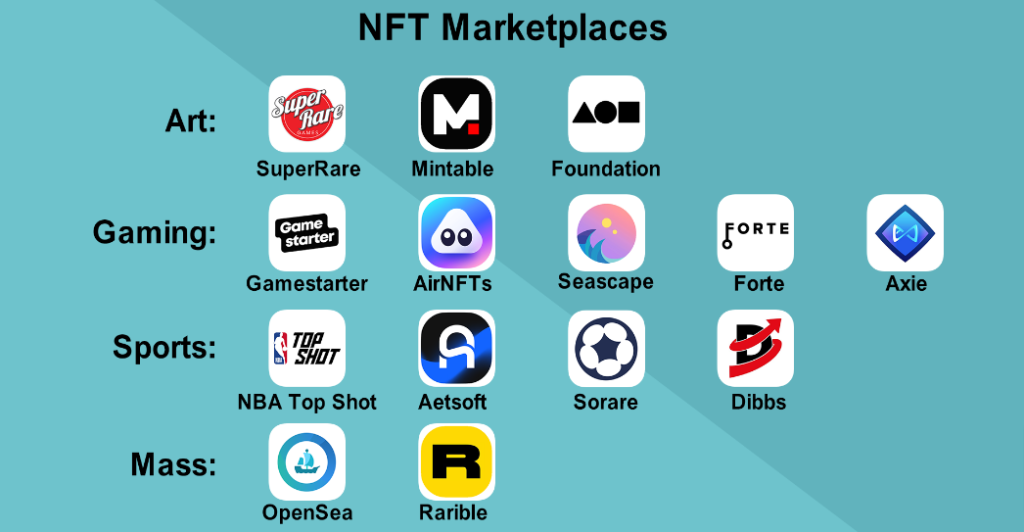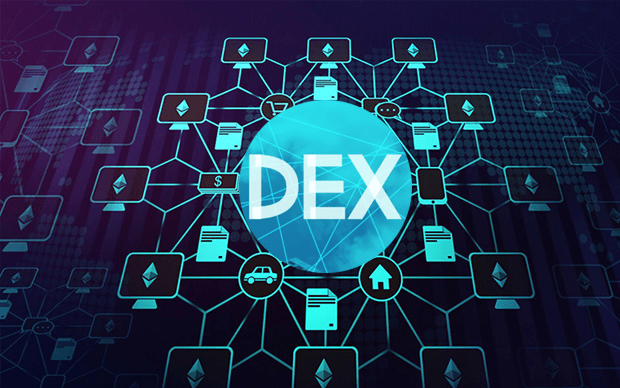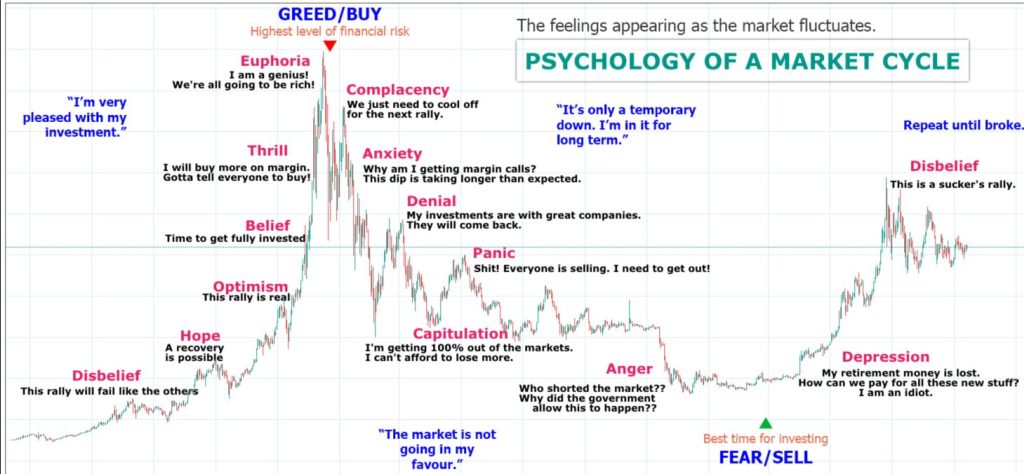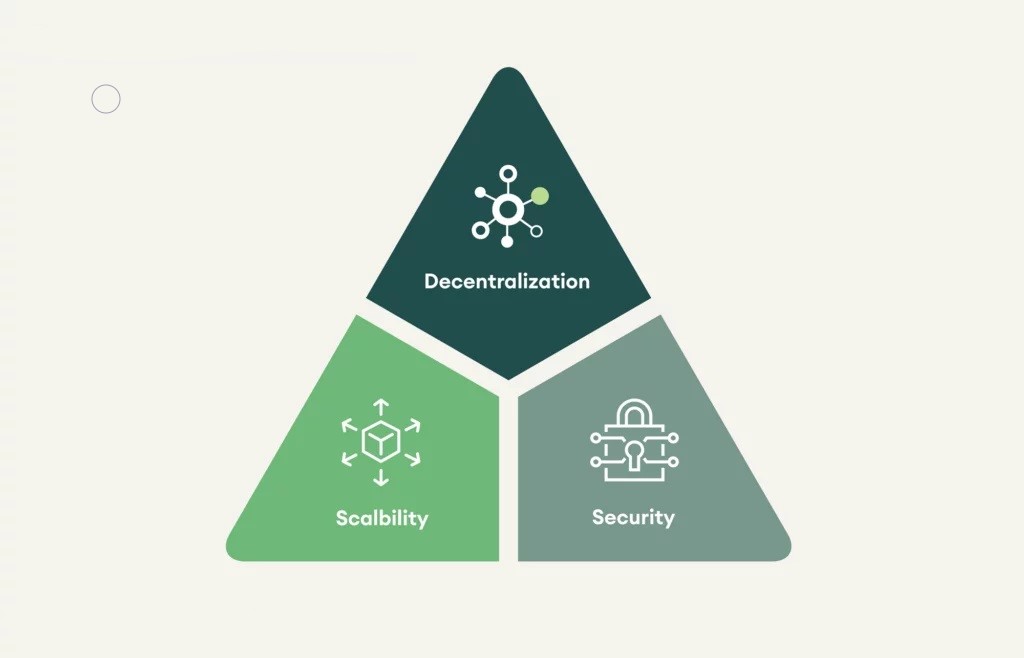What Is An NFT?
An NFT, or non-fungible token, is a unique digital asset representing ownership of a specific item or piece of content, such as art, music, in-game items, videos, and more. Unlike cryptocurrencies, which are fungible, NFTs have distinct identities that make each one unique and not directly interchangeable with any other NFT. Meaning, once you buy it, it is yours and no one else can own it, it is different from Bitcoin because there are 19 million Bitcoins out there, but NFT that you buy is unique.
Why Are NFTs Valuable?
- Digital Scarcity: NFTs create digital scarcity by ensuring that each token has a unique identifier, making it one-of-a-kind or part of a limited series. This rarity can increase the value of the asset.
- Ownership and Authenticity: NFTs provide proof of ownership and authenticity using blockchain technology, which records every transaction on a decentralized ledger. This transparency and security ensure that the ownership history of an NFT is clear and verifiable.
- Cultural Significance: NFTs can represent culturally significant digital content, such as iconic moments in sports or works by renowned digital artists. The ability to own a unique piece of digital history adds value for collectors.
- Digital Bragging Rights: The exclusivity of owning an original digital item can be a significant draw. While anyone can view or copy the digital content, owning the NFT grants unique ownership status.
How Do NFTs Work?
NFTs are typically built on blockchain platforms like Ethereum, which support smart contracts. When you buy an NFT, you receive a token containing information about the digital asset, including its unique identifier, ownership history, and other metadata. That data signals that it’s yours.
How Are NFTs Different from Cryptocurrencies?
- Fungibility: Cryptocurrencies like Bitcoin and Ethereum are fungible, meaning each unit is interchangeable with another of the same value. In contrast, NFTs are non-fungible, meaning each one is unique and cannot be exchanged on a like-for-like basis.
- Value: The value of cryptocurrencies is consistent across the board (one Bitcoin equals one Bitcoin), whereas the value of NFTs can vary significantly depending on their uniqueness, creator, and demand.
Uses of NFTs
- Digital Art: Artists can sell their digital artwork directly to consumers without the need for galleries or auction houses. Each piece of digital art can be tokenized as an NFT, ensuring authenticity and ownership.
- Collectibles: Digital collectibles, such as virtual trading cards or unique in-game items, can be bought and sold as NFTs.
- Real Estate: Virtual real estate in online worlds can be owned, traded, and monetized as NFTs.
- Music and Media: Musicians and creators can sell their work directly to fans as NFTs, providing a new revenue stream and a way to connect more closely with their audience.
How to Buy NFTs
- OpenSea.io: A peer-to-peer marketplace for NFTs, offering a wide range of digital items and collectibles. Users can create an account and browse various collections, sorting by sales volume to discover new and popular artists.
- Rarible: An open marketplace similar to OpenSea, where artists and creators can issue and sell NFTs. Users can purchase RARI tokens, which allow them to participate in platform governance and decision-making.

Conclusion
NFTs represent a significant innovation in the way digital content is bought, sold, and owned. By creating digital scarcity and providing verifiable proof of ownership and authenticity, NFTs offer a unique opportunity for artists, collectors, and investors. However, like any emerging technology, it’s essential to understand the risks and dynamics of the market before investing in NFTs.



